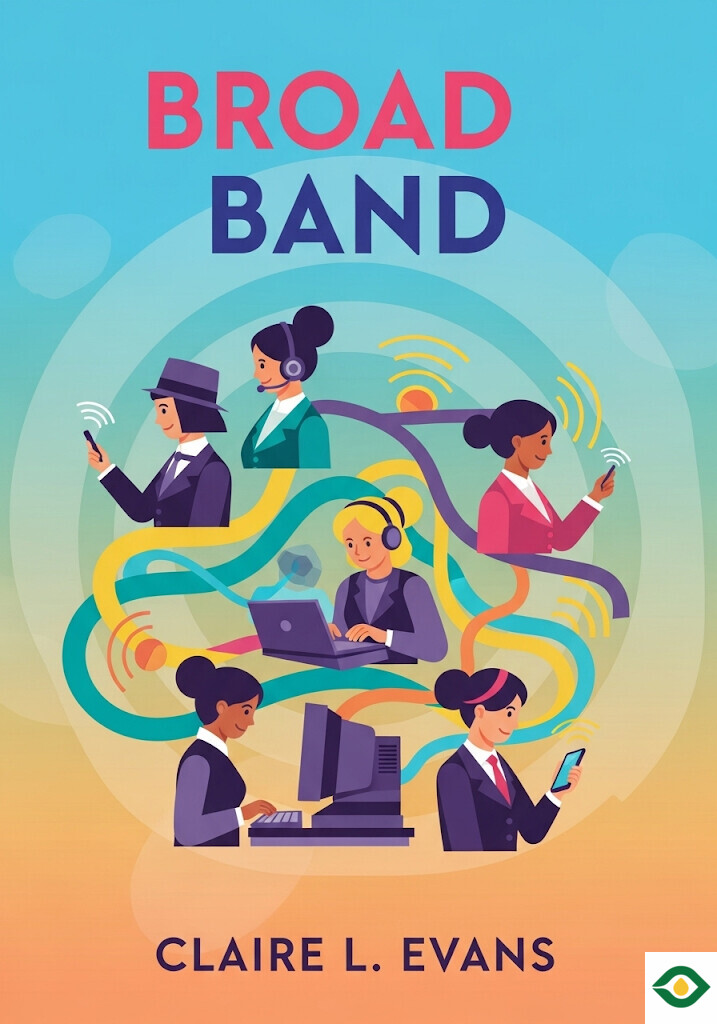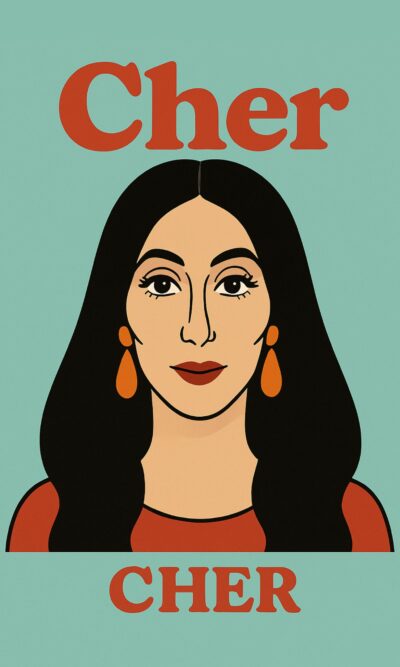Description
Technology has become the backbone of our world. Every tap, click, and search is powered by innovations that shape how we live and work. Yet the story of how computers and the internet came to be is often told as if men alone built it. That picture is not only incomplete, it’s deeply misleading. Women were at the frontlines of nearly every major breakthrough in computing—coding, networking, digital publishing, and even the creation of social communities online. They did this while facing discrimination, stereotypes, and constant erasure from history.
The story begins in the 1800s with Ada Lovelace, daughter of the poet Lord Byron. Raised on mathematics, Ada grew fascinated with Charles Babbage’s early machines. She didn’t just admire them; she explained how they worked and even described how they could be used to process more than numbers. She wrote what is now recognized as the world’s first computer program. At the time, no one gave her much credit. But today, her foresight is considered the seed of computer science itself.
Decades later, another pioneer emerged: Grace Hopper. She left her teaching post to join the Navy during World War II and ended up working on one of the first true computers, the Mark I. With no manuals to guide her, she taught herself to master the machine. After the war, she helped create the programming language COBOL, which opened computing to businesses and non-specialists. COBOL still runs in many systems today, and Hopper’s insistence on simplicity made programming more accessible than ever before.
The war also gave rise to the famous ENIAC Six—six women who programmed the first electronic general-purpose computer. They were hired because they had already been “human computers,” solving endless calculations by hand. But when faced with the massive ENIAC machine, they had to invent programming from scratch. No books, no instructions—just trial, error, and intelligence. They worked tirelessly to make the machine run, and in 1946 their public demonstration shocked the world. Sadly, their names were left out of the headlines, and for decades their contributions were forgotten.
In the 1970s, women continued pushing the boundaries—not just with machines, but with the idea of networks. Pam Hardt-English and her colleagues dreamed of connecting communities with technology. They managed to acquire a massive retired computer and built a directory of social services in San Francisco. It was a vision of using computers for public good, foreshadowing the role networks would later play in connecting people across the world.
Another key figure was Elizabeth “Jake” Feinler, who helped organize the ARPANET, the direct ancestor of the internet. She cataloged sites, created directories, and introduced the system of domain names we still use today: .com, .edu, .gov, and more. Without her careful structure, the internet might have grown into chaos instead of an organized system we can all navigate.
As computers spread, so did online communities. In 1990, Stacy Horn launched Echo, one of the first social networks. She actively recruited diverse voices, especially women, and created spaces that reflected real-world communities. Echo gave rise to early practices like live reactions to big events—what we now think of as “live-tweeting.” It also introduced the concept of influencers, as some users gained followings based on their unique voices online.
Meanwhile, Dame Wendy Hall in England was reimagining how information could be linked together. Inspired by the Domesday project, she built Microcosm, a hypertext system that allowed users to click and navigate information in new ways. Though the World Wide Web eventually outpaced it, her work laid important foundations for the interactive media we use every day.
By the 1990s, the rise of digital culture opened new creative paths. Jaime Levy became known for her bold digital magazines—interactive mixes of text, graphics, and games distributed on floppy disks. Later, she embraced the web and pushed online publishing to new artistic heights. She showed that the internet wasn’t only a tool for science or business; it could also be a playground for creativity and culture.
What unites all these stories is not just innovation, but perseverance. These women often entered fields that didn’t welcome them, learned skills no one else had, and kept going despite being ignored. Many were dismissed as hobbyists, assistants, or background workers. Yet they were the ones who imagined possibilities others couldn’t see.
Even today, their names are not as famous as the men who worked alongside them. But their influence is everywhere. The language that runs businesses, the systems that keep the internet organized, the communities that formed the roots of social media, and the vision of computers as tools for society—all carry the fingerprints of women.
The truth is simple: without their labor, creativity, and vision, our digital world would not exist. They built the paths we now walk. They shaped the foundations of an age where information flows freely across the globe. And though their stories were long ignored, they remind us that progress has never belonged to one gender. It belongs to all who dare to imagine and build.





